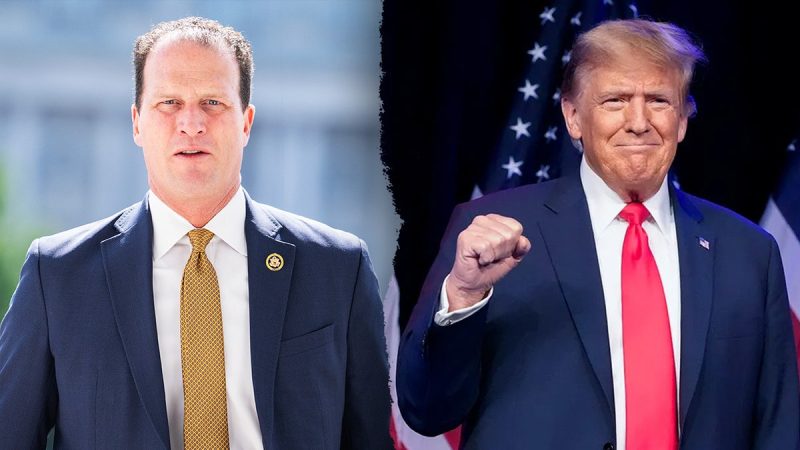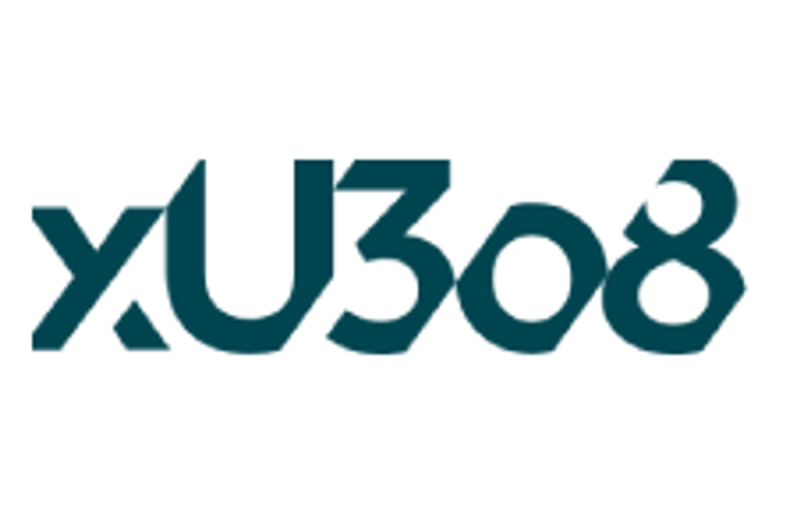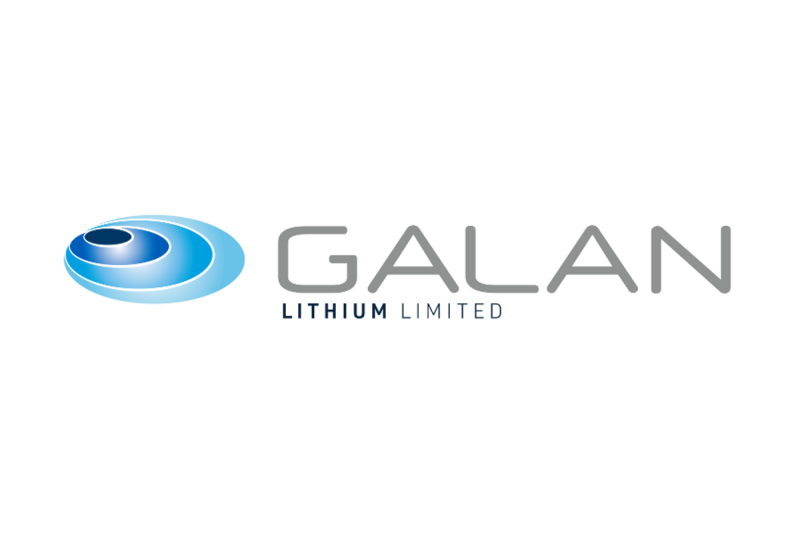
President Donald Trump said Friday that former President Barack Obama ‘owes me big’ following the Supreme Court’s presidential immunity ruling.
Trump on Tuesday claimed that Obama was the ‘ringleader’ of Russiagate, calling for him to be criminally investigated amid new claims that members of his administration allegedly ‘manufactured’ intelligence that prompted the Trump–Russia collusion narrative. Obama has denied the allegations, with a spokesperson for him describing them as ‘bizarre.’
‘It probably helps him a lot. Probably helps a lot. The immunity ruling, but it doesn’t help the people around him at all. But it probably helps him a lot,’ Trump said Friday. ‘He’s done criminal acts, there’s no question about it. But he has immunity, and it probably helps him a lot… he owes me big, Obama owes me big.’
The intelligence community did not have any direct information that Russian President Vladimir Putin wanted to help elect Donald Trump during the 2016 presidential election, but, at the ‘unusual’ direction of then-President Barack Obama, published ‘potentially biased’ or ‘implausible’ intelligence suggesting otherwise, the House Intelligence Committee found, according to a Fox News report earlier this week.
Director of National Intelligence Tulsi Gabbard had declassified a report prepared by the House Permanent Select Committee on Intelligence back in 2020.
The report, which was based on an investigation launched by former House Intelligence Committee Chairman Devin Nunes, R-Calif., was dated Sept. 18, 2020. At the time of the publication of the report, Rep. Adam Schiff, D-Calif., was the chairman of the committee.
The committee focused on the creation of the Intelligence Community Assessment of 2017, in which then-CIA Director John Brennan pushed for the inclusion of the now-discredited anti-Trump dossier, despite knowing it was based largely on ‘internet rumor,’ as Fox News Digital previously reported.
According to the report, the ICA was a ‘high-profile product ordered by the President, directed by senior IC agency heads, and created by just five CIA analysts, using one principal drafter.’
‘Production of the ICA was subject to unusual directives from the President and senior political appointees, and particularly DCIA,’ the report states. ‘The draft was not properly coordinated within CIA or the IC, ensuring it would be published without significant challenges to its conclusions.’
The committee found that the five CIA analysts and drafter ‘rushed’ the ICA’s production ‘in order to publish two weeks before President-elect Trump was sworn-in.’
In a statement Tuesday, Obama denied Trump’s ‘bizarre allegations’ that he was the Russiagate ‘ringleader.’
‘Out of respect for the office of the presidency, our office does not normally dignify the constant nonsense and misinformation flowing out of this White House with a response,’ Obama spokesman Patrick Rodenbush said in a statement. ‘But these claims are outrageous enough to merit one.’
‘These bizarre allegations are ridiculous and a weak attempt at distraction,’ Obama’s spokesman continued. ‘Nothing in the document issued last week undercuts the widely accepted conclusion that Russia worked to influence the 2016 presidential election but did not successfully manipulate any votes.’
Gabbard later told ‘Jesse Watters Primetime’ on Wednesday that there were ‘deep state obstacles’ to releasing her information about the Trump-Russia collusion investigation and that some people within the intelligence community (IC) didn’t want it to ‘see the light of day.’
‘There are a lot of deep state actors still here within Washington. President Trump wants us to find the truth. I want to find that truth. The American people deserve the truth, and they deserve accountability,’ she said.
Fox News’ Brooke Singman and Ashley Carnahan contributed to this report.





















 Galan Lithium (GLN:AU) has announced Incentive Regime for HMW Project in Argentina
Galan Lithium (GLN:AU) has announced Incentive Regime for HMW Project in Argentina




